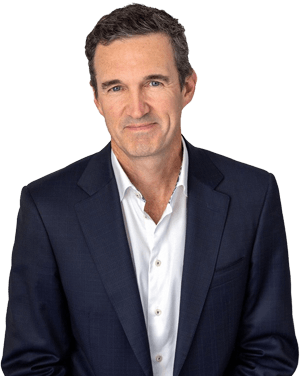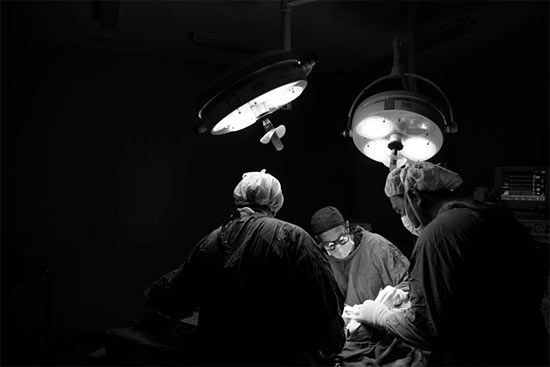Body Lift Surgery
Excess skin can be removed, and the remaining skin tightened after significant weight loss
What is body lift surgery (circumferential lipectomy)?
Most commonly after significant weight loss, but also with time and natural ageing, excess skin can develop around the abdomen and back, as well as along the arms and thighs. This excess skin can be removed, allowing the remaining skin to be tightened and re-positioned. This procedure generally refers to removing excess skin from the abdomen and lower back, but excess skin can also be removed in similar procedures from the flanks, buttocks, inner thighs, outer thighs, arms, breast, and pubic areas, depending on the nature of the weight loss, your body shape, and your genetic make-up.
The scars from these procedures can be extensive and need to be weighed against the benefit of having the tissue removed. Wherever possible, scars are located so that they covered under normal clothing, or placed in natural crease lines. Sometimes, visible scars are unavoidable. Liposuction can also be performed at the same time.
What are the benefits of the procedure?
Excess and loose tissue after significant weight loss can cause many issues, including a feeling of heaviness from the redundant tissue, difficulty fitting into clothing, and a sense that the benefits of hard-won weight loss has not been fully realised. From a medical standpoint, rashes and skin breakdown can develop under the redundant folds of skin, leading to the risk of severe infections and chronic wounds.
Removing the excess skin improves the ability to keep the skin in good condition, as well as the other physical and psychological benefits from the redundant tissue no longer being present and carried around.
Is Mr Morgan experienced in performing body lift (circumferential lipectomy) surgery?
Body lift surgery is a complex procedure that Mr Morgan has performed many times. During your consultation, Mr Morgan will clearly explain the treatment and assess the changes in your body that are amenable to surgical treatment in this way. Mr Morgan and his team will always prioritise your needs and ensure that you feel comfortable about the treatment plan.


How is it performed?
This is lengthy surgery performed under general anaesthetic. Large amounts of redundant tissue can be removed, creating lengthy wounds. Your length of stay in hospital will be determined by the extent of your surgery, and how quickly you recover. Several days on hospital following a circumferential lipectomy is not uncommon. Smaller procedures usually only require a day or two in hospital to ensure your comfort and safety.
The wounds are closed with dissolving sutures, and the wounds covered with waterproof dressings, allowing you to shower as soon as you feel comfortable. A specially fitted garment will need to be worn for up to six weeks after the surgery to support the wounds and to minimise swelling and bruising and hasten your recovery.

How long will I need to recover?
Everyone will have a different experience and will recover from their surgery differently. Although uncommon, complications can also occur and can result in a longer recovery time. Generally, discomfort is limited and well-controlled with tablet pain relief medication.
The compression garment is worn day and night for several weeks to provide support for the healing area. Your first post-operative appointment will occur 7 to 10 days after surgery to check your wounds, change the dressings, and discuss ongoing wound and scar management.
Gentle walking is encouraged as soon as you feel well. Typically, most patients will recover enough to return to social activity and office-based work after three weeks. Return to exercise is allowed from four weeks, and activity is usually unrestricted after six weeks, but it may take up to 12 weeks before you feel as though your energy levels have returned to normal. Swelling can often persist for many weeks after surgery until the final result is achieved.
Specific Risks and Complications
Body lift (Circumferential lipectomy) surgery has several potential specific risks:
- Bleeding, infection, poor quality or visible scars, prolonged wound healing, blood loss requiring transfusion, asymmetry, permanent numbness in the abdominal skin, irregular contours, dissatisfaction with the cosmetic outcome, need for revisional surgery
- This is not an exhaustive list of potential risks. Every patient responds differently to surgery and anaesthesia, and can heal and recover differently. Individual results can vary. The results experienced by one patient do not always reflect the results other patients may achieve. Potential outcomes and possible variations will be discussed during your consultations
All Surgical Procedures Carry Risks
Before proceeding, you should seek a second opinion from an appropriately qualified medical practitioner.
Individual results may vary due to a number of factors, including genetics, and variations in healing and recovery, and the potential for complications. The outcomes experienced by one person do not necessarily reflect the outcomes that other people may experience. Potential outcomes and possible variations will be discussed during your consultations
Cosmetic surgery is real surgery, and will most often require a general anaesthetic. All surgery will require a period of recovery before returning to normal activity, as outlined in the particular procedure information. Although uncommon, complications can and do occur, and may affect the final result of your surgery. The potential risks will be discussed fully during your consultations, and you will have the opportunity to ask questions about the various risks in your particular circumstances. Risks may include the general risks of surgery, as well as the risks specific to the procedure, and include poor quality scarring, excessive bruising and swelling, infection, bleeding, pain, asymmetry, nerve injury, anaesthetic complications, drug reactions, unsatisfactory cosmetic outcomes, the need for further surgery, and permanent disability and death.
As a specialist plastic surgeon, Mr Morgan is appropriately trained and qualified to deal with complications of surgery, including the ability to admit you to hospital, if required.
Who should/should not consider body lift surgery?
You should not consider this type of surgery as a response to a personal or professional crisis, or under the encouragement of anyone other than yourself. Any decision to undergo surgery should be for the right reasons. All surgery entails an element of risk, and you should not make any decisions regarding surgery at a time of stress.
Body Lift Surgery
Being healthy and happy with your decision has the potential to increase the chances of achieving a result which you are happy with. Smoking, other medical conditions, and being overweight can make surgery unsafe. These and other risks will be discussed with you at the time of your consultation.
If you would like to know more about body lift surgery, or to book an appointment, please contact us today.
